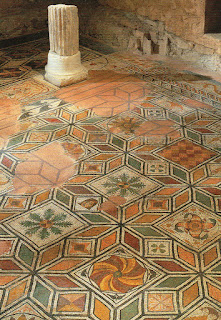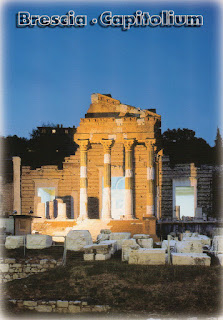I boght these two cards in Tunisia, but I didn't visit Djerba
 |
| Djerba |
This serial property is a testimony to a settlement pattern that developed on the island of Djerba around the 9th century CE amidst the semi-dry and water-scarce environment. Low‑density was its key characteristic: it involved the division of the island into neighbourhoods, clustered together, that were economically self-sustainable, connected to each other and to the religious and trading places of the island, through a complex network of roads.
 |
| Sidi Yati Mosque, Djerba |
Resulting from a mixture of environmental, socio-cultural and economic factors, the distinctive human settlement of Djerba demonstrates the way local people adapted their lifestyle to the conditions of their water-scarce natural environment. - in: https://whc.unesco.org/en/list/1640/
















